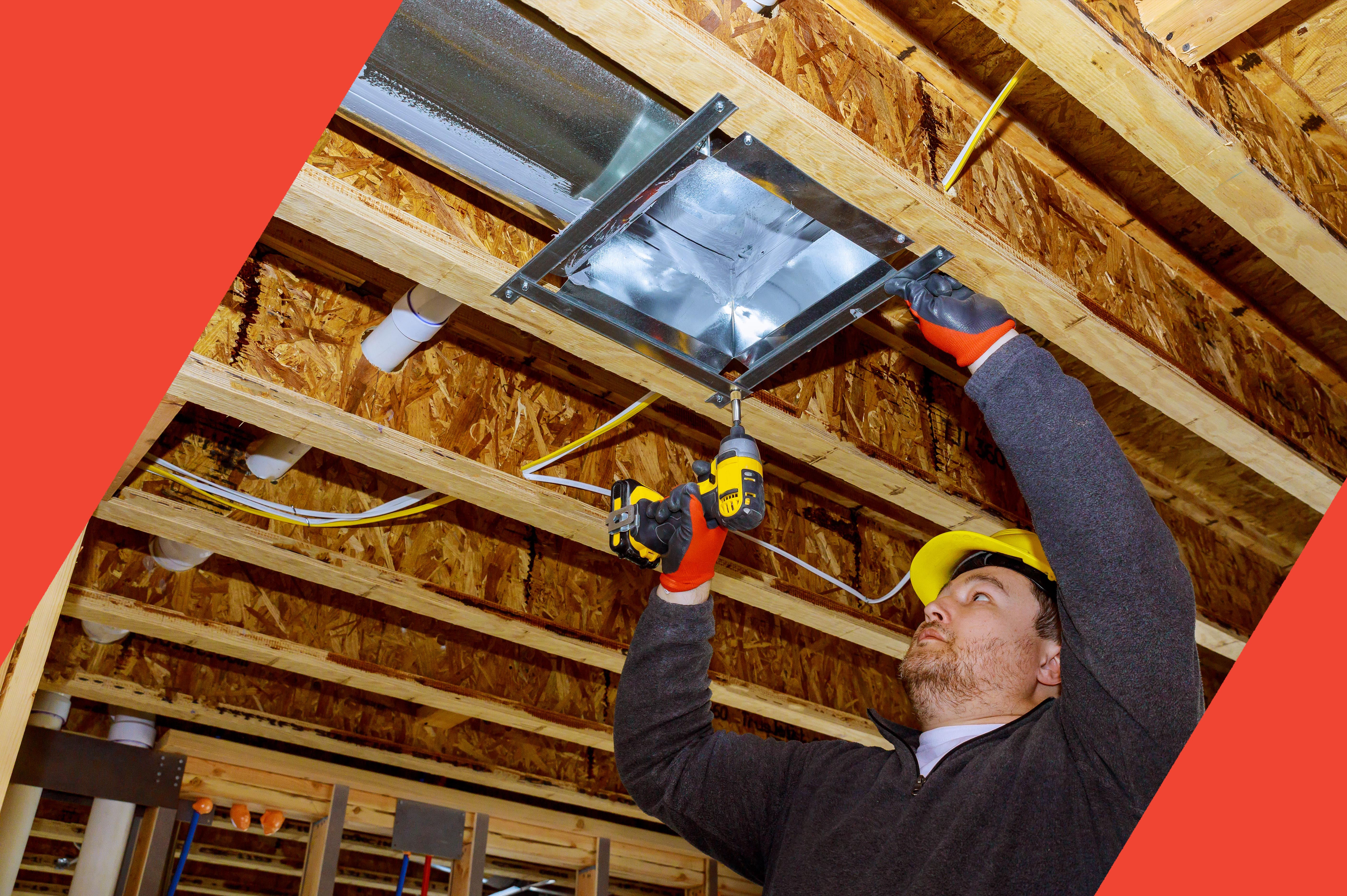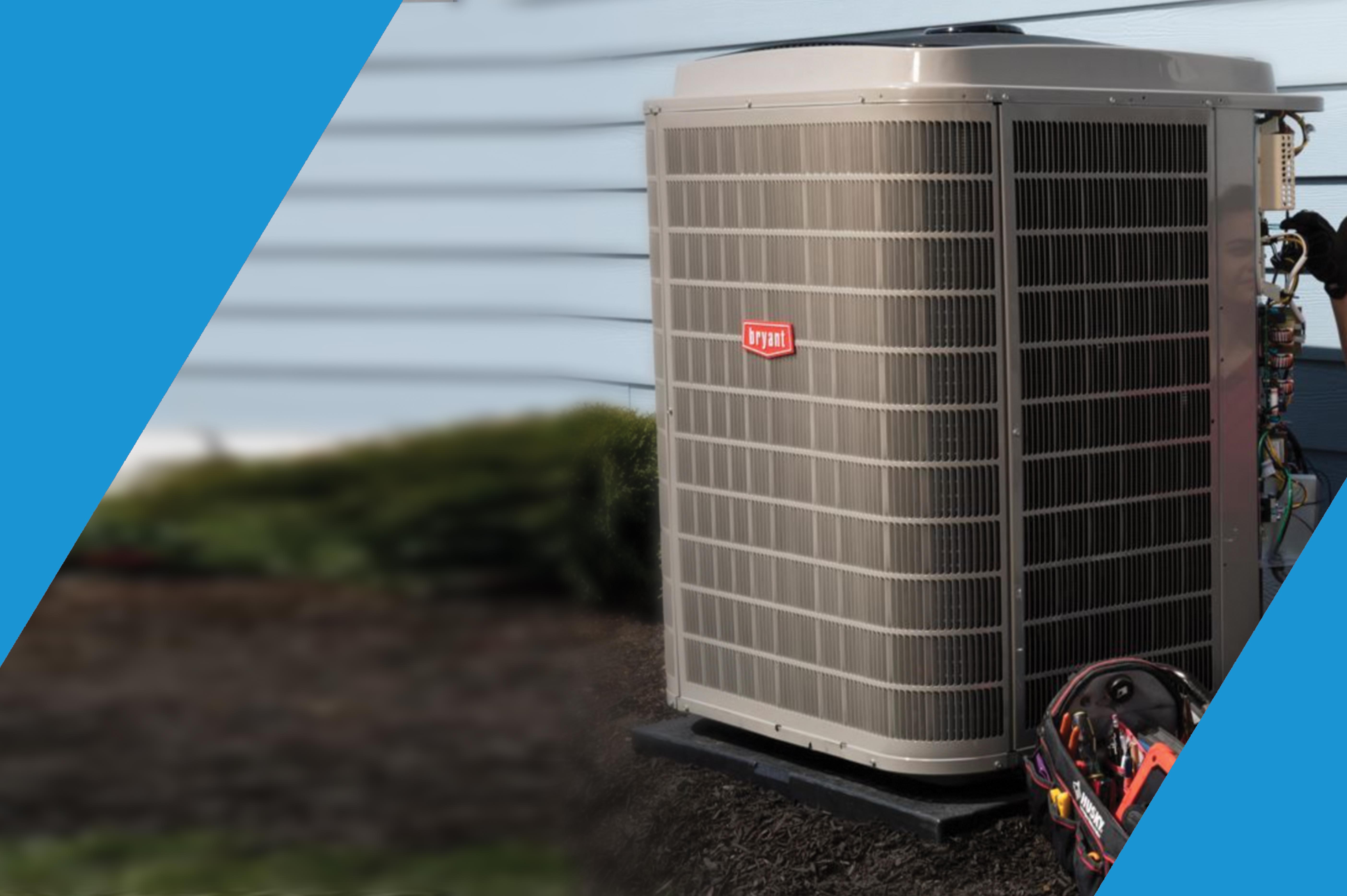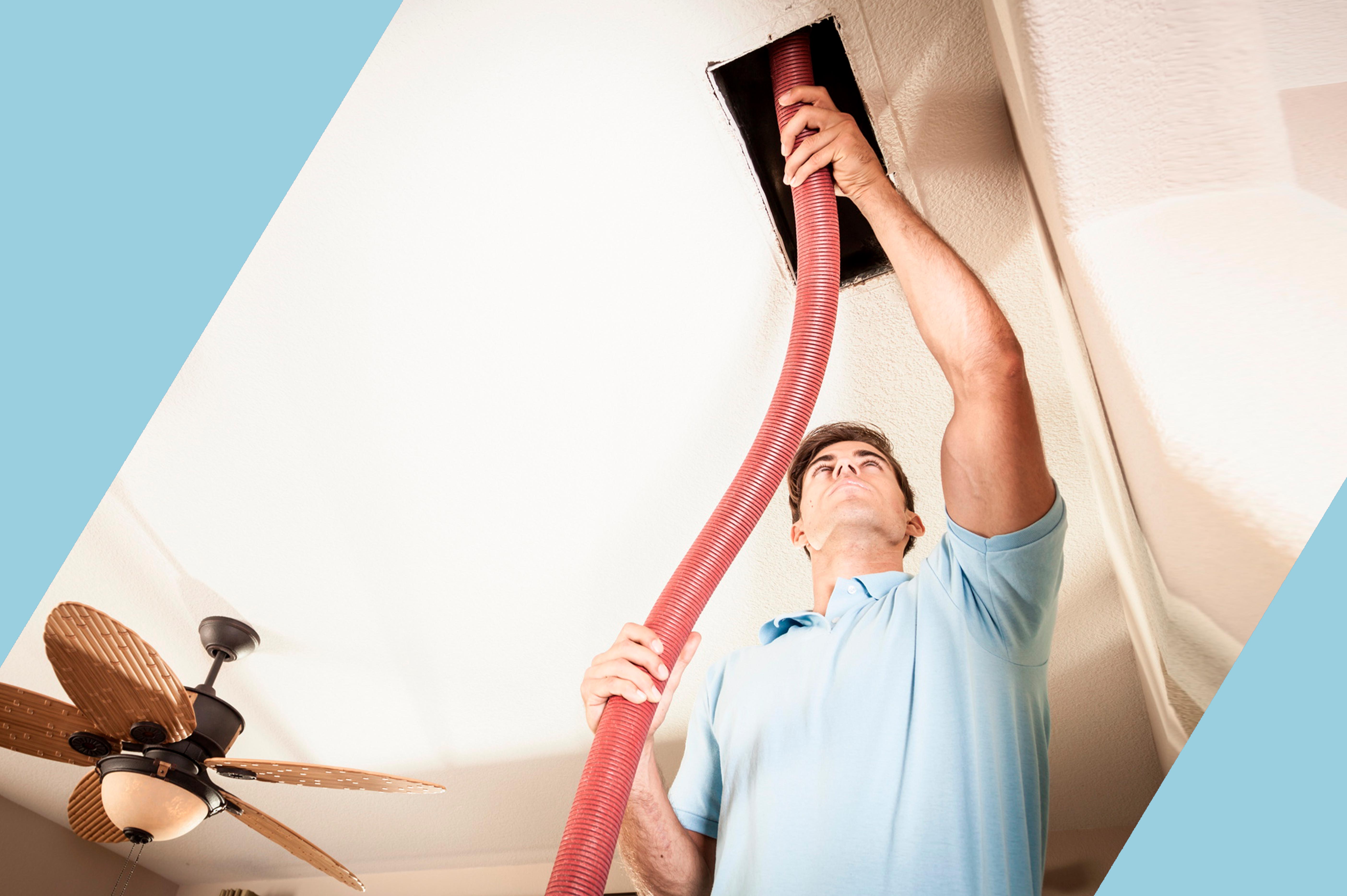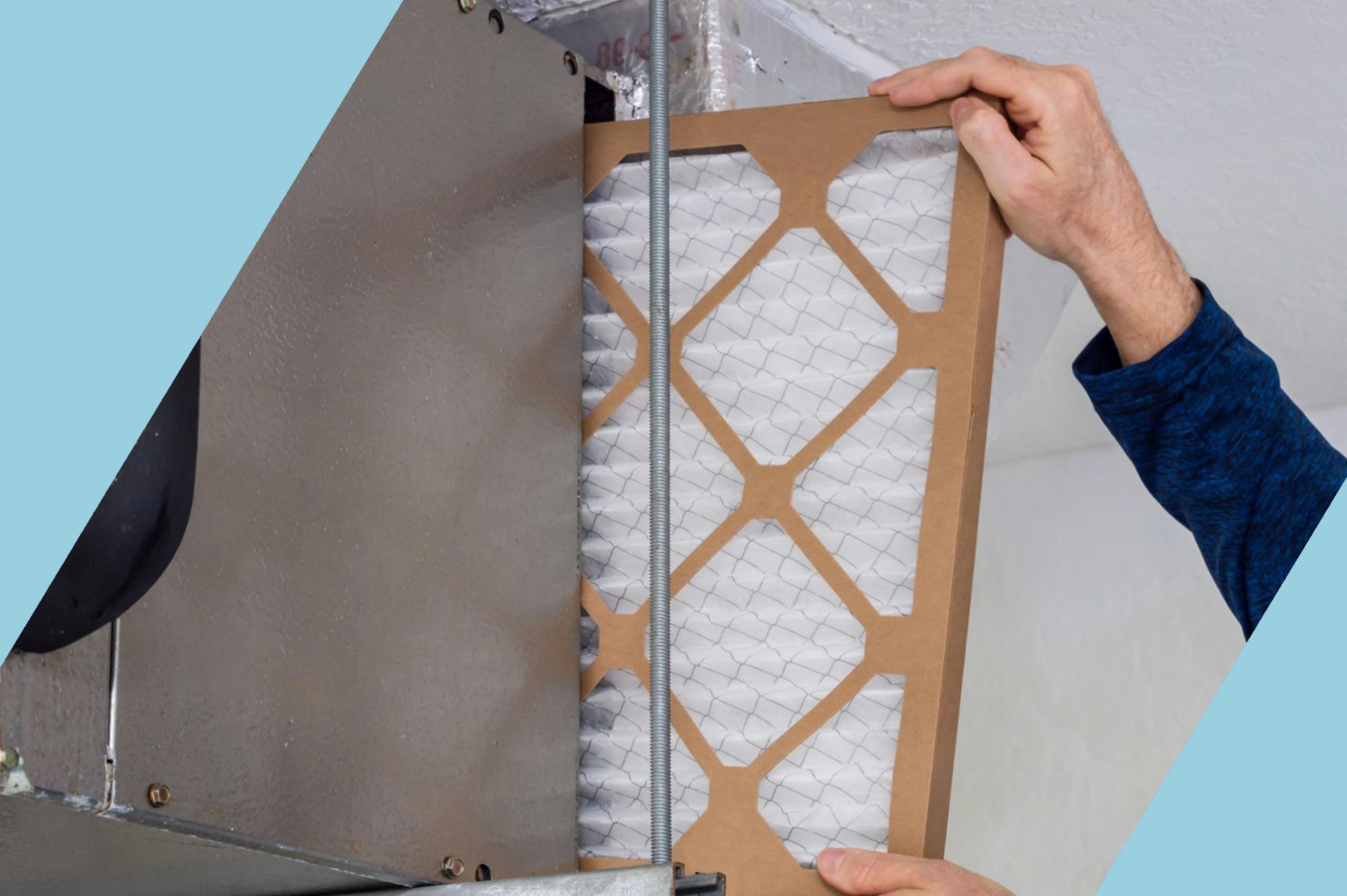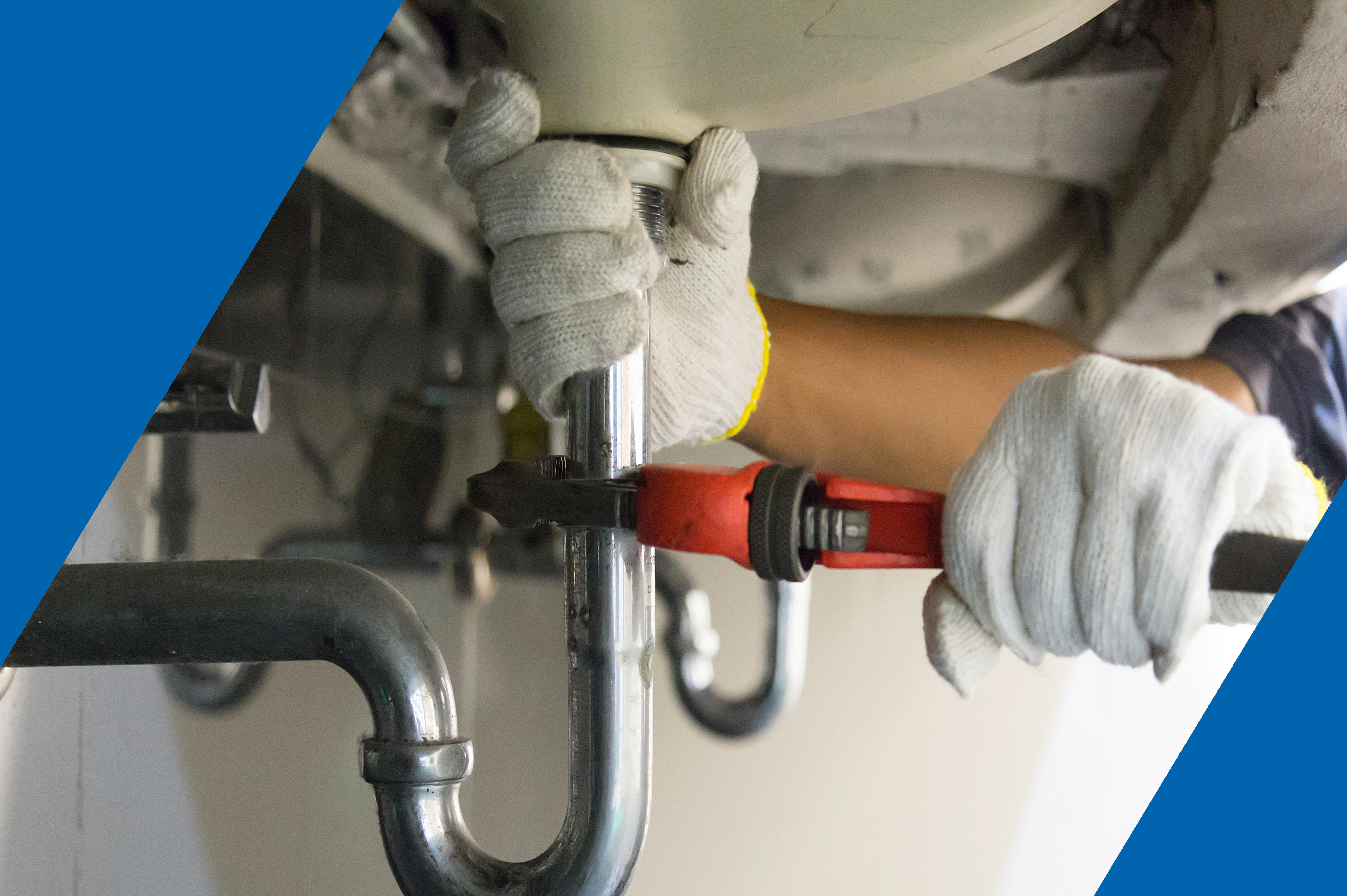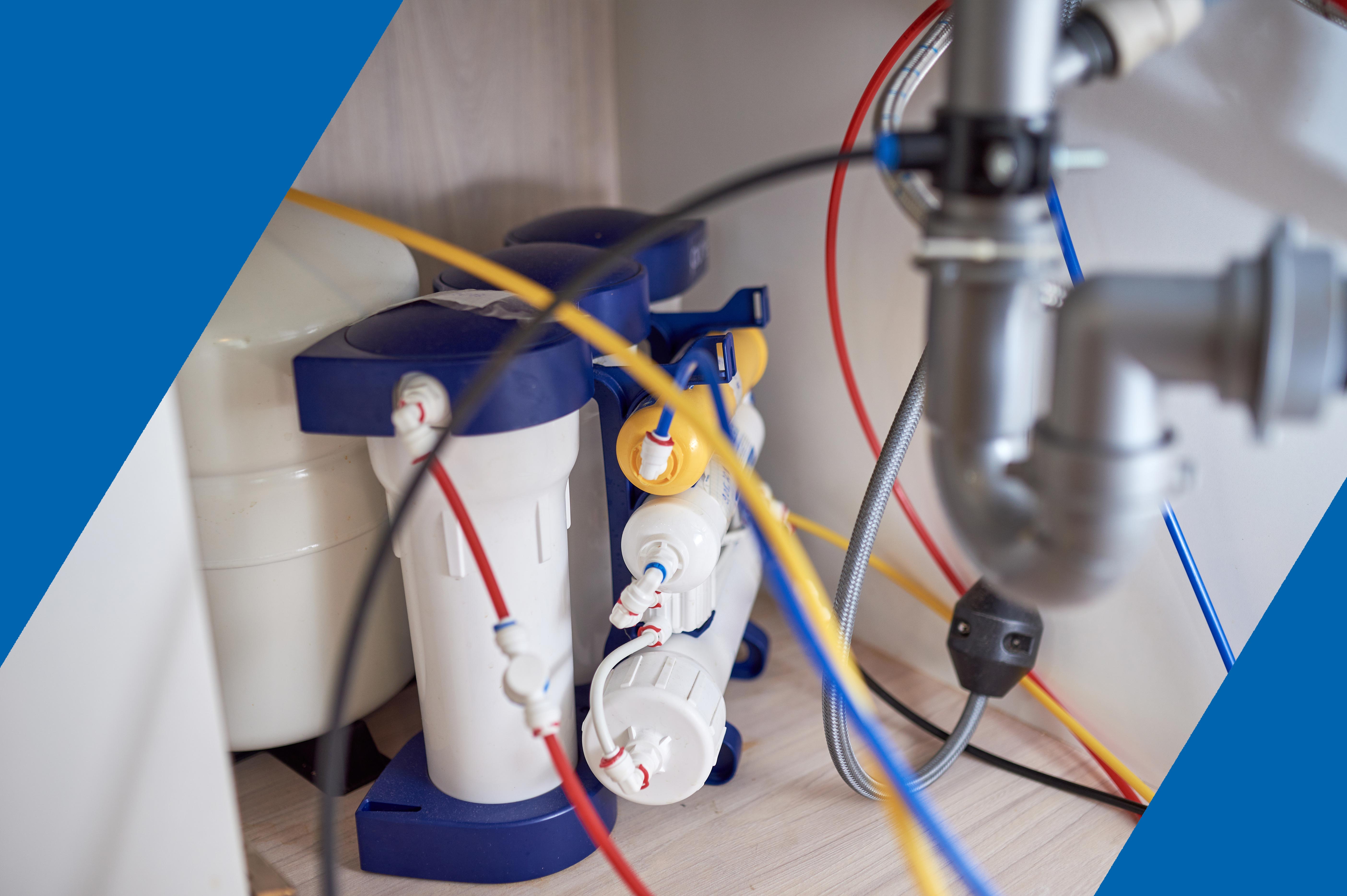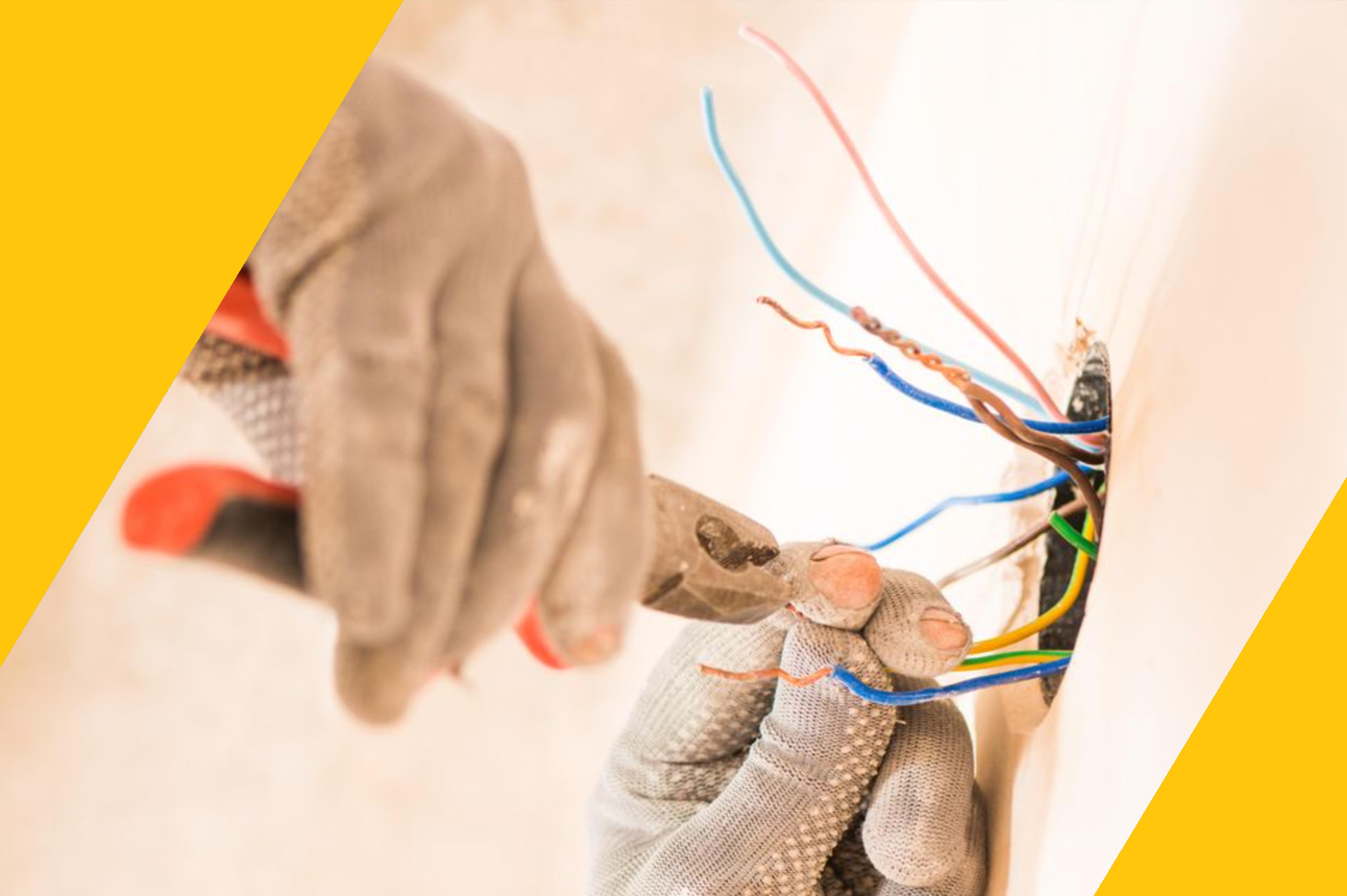
- Visual Inspection of the Furnace Heat Exchanger. Use a strong flashlight to visually check the heat exchanger thoroughly for cracks or open seams, particularly in areas that are susceptible heat or mechanical stress. Some seams may have been joined improperly during manufacturing, so be sure to check all joints. Also check for rust or corrosion in areas exposed to any type of moisture. Make sure you can gain access to all the parts of the heat exchanger. If you see any cracks, holes, or severe deterioration, your heat exchanger needs a professional repair. Ultimately, you may not be able to see all the parts of your heat exchanger, so further testing is recommended in addition to a visual inspection.
- Flame Test. You can also observe the flame after the furnace is first turned on to detect potential damage to the heat exchanger. Turn off the furnace for at least five minutes, and sit close enough to the furnace to observe the burner flame. Have someone turn up the thermostat, and watch the flame for any changes in color or irregular patterns in the flame. If the flame makes any sudden changes, this could mean that the heat exchanger is damaged. Keep in mind that like the visual test, the flame test cannot determine damage to your heat exchanger alone.

